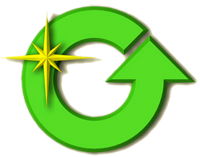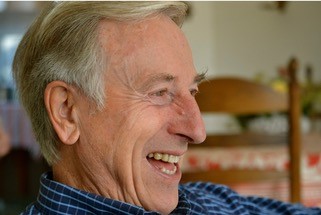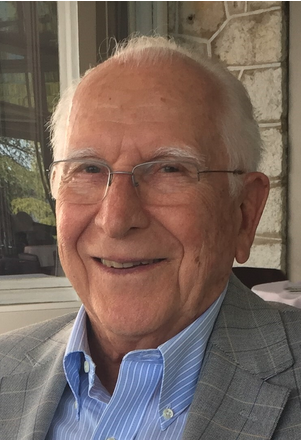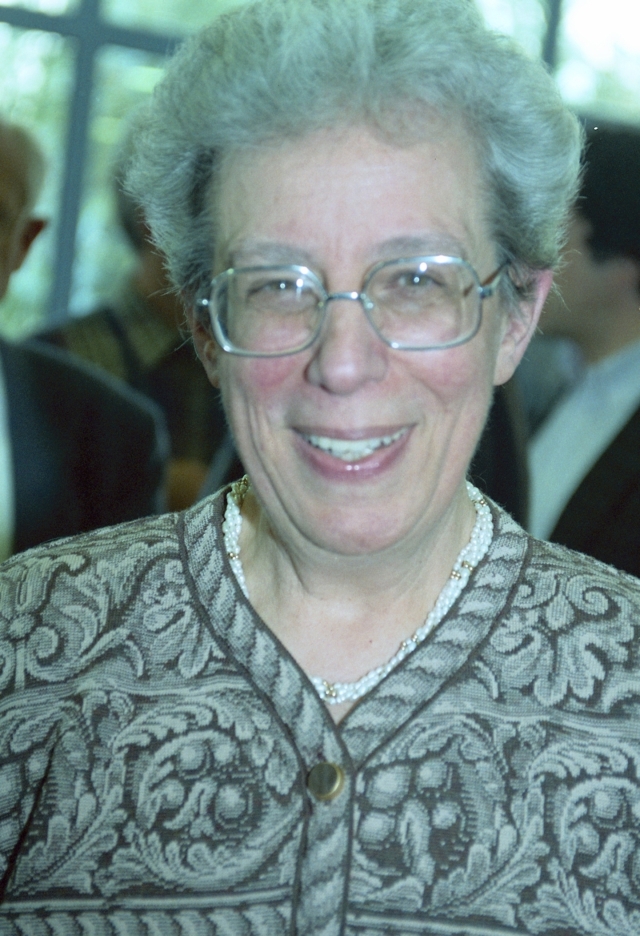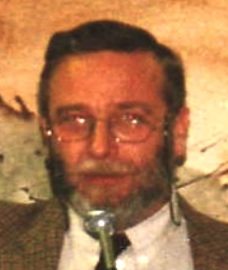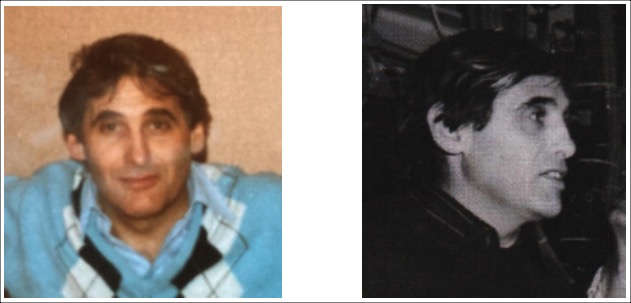Hendrik Verweij, born in Linschoten near Gouda in the Netherlands, passed away aged 93, in Meyrin on August 11th 2025. Henk earned his degree in electrical engineering at the Technical High School in Hilversum and started his career as an instrumentation specialist at Philips, working on oscilloscopes. He joined CERN in July 1956, bringing his expertise in electronics to the newly founded laboratory. As an early example, with the NP electronics group leader Ian Pizer he published CERN Yellow Report 61-15 on a ns sampling oscilloscope.
During the next four decades developments in electronics profoundly transformed the world. Henk played a crucial role in bringing this transformation to CERN’s electronics instrumentation. Over the years he worked with numerous colleagues on fast signal processing circuits. Eventually, he succeeded Pizer as the group leader. With Bjorn Hallgren and others he realized the electronics of the inner UA1 drift detector.
In the sixties, fully aware of the importance of standardization to promote the involvement of industry, he developed and maintained contacts with US colleagues from the Lawrence Berkeley Laboratory, SLAC, the National Bureau of Standards and others. He participated in discussions on what became the Nuclear Instrumentation Module or NIM standard, defined in 1964 by the US Atomic Commission, with multiple updates until 1990. Henk served on the NIM committee chaired by Lou Costrell of the National Bureau of Standards. He was also a member of the ESONE committee for CAMAC and later FASTBUS standardization, participating together with a group of colleagues, including Bob Dobinson, Fred Iselin, Phil Ponting, Peggie Rimmer, Tim Berners-Lee from CERN and others from Europe in this global effort. He contributed hardware for the standard modules, before and after the FASTBUS document was published in 1984. Henk reported regularly at conferences on the status of developments in Europe. A strong supporter of collaboration with industry, he also helped convince Lecroy to construct a plant near CERN. Towards the end of his career, he became enkgroup leader of the microelectronics group at CERN, closing the loop in this transformational electronics evolution, just when integrated circuit developments for silicon microstrip, hybrid pixel and other detectors, with the transition from dedicated radiation hardened integrated circuit technologies towards standard CMOS technologies, paved the way for the LHC detectors.
After his retirement, he remained very interested in CERN and its electronics activity. He attended recent Medipix Collaboration meetings regularly, following the various activities with his characteristic interest and enthusiasm. Many of us enjoyed the regular chats with him when he was passing by, and he continued to attend our gatherings around the end of the year, including the one in December last year.
The Experimental Physics electronics group (ESE)
